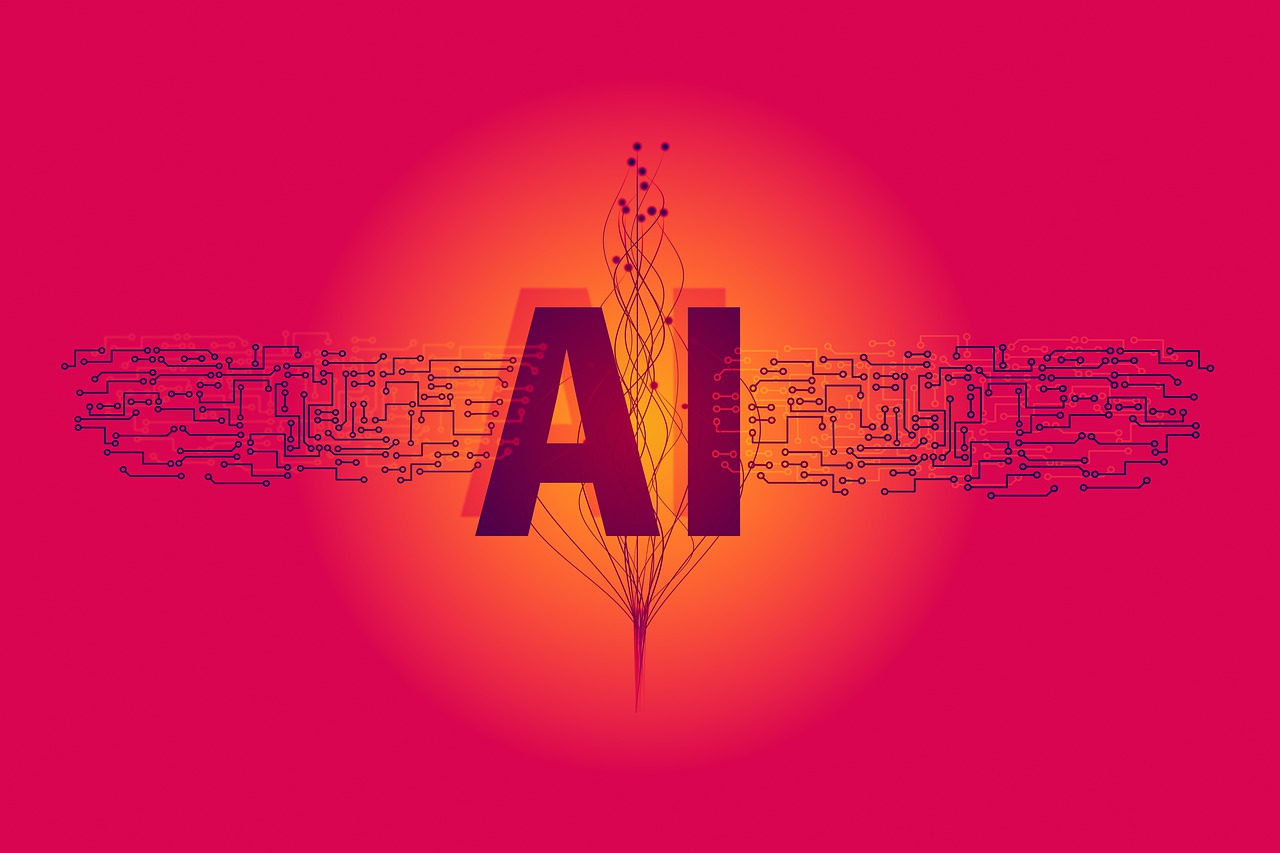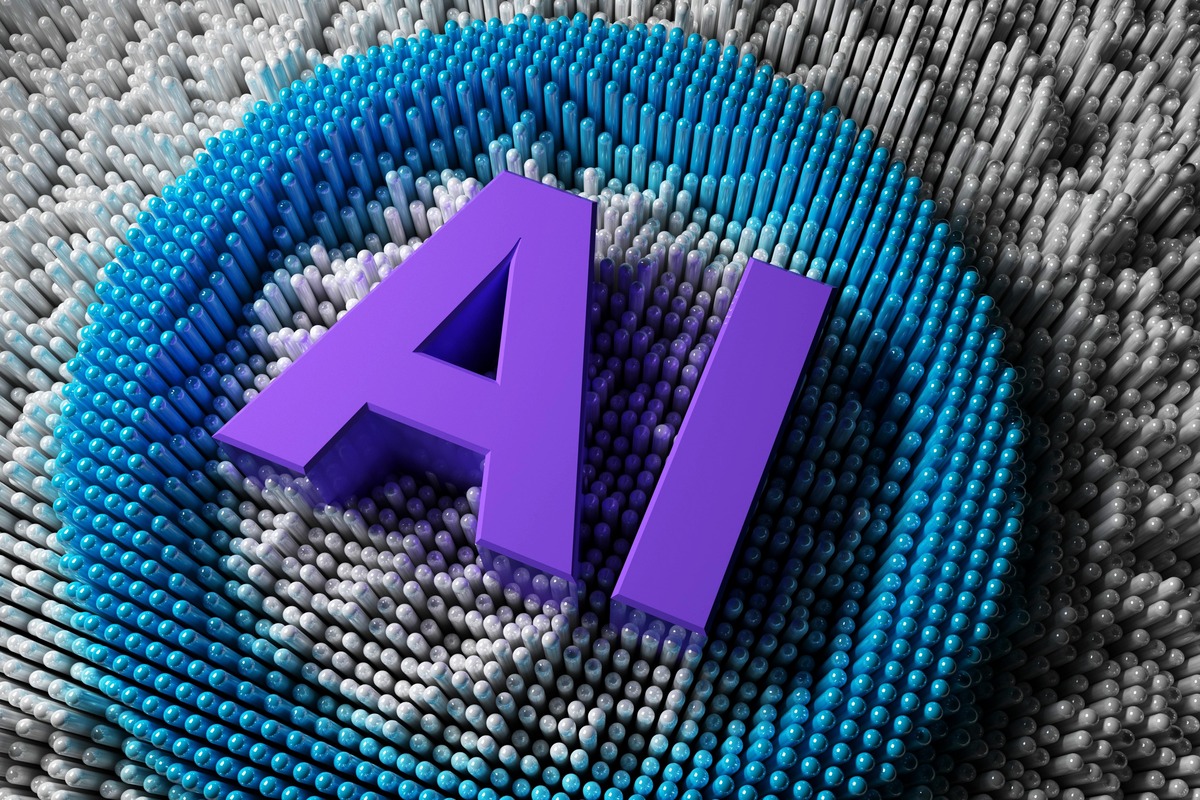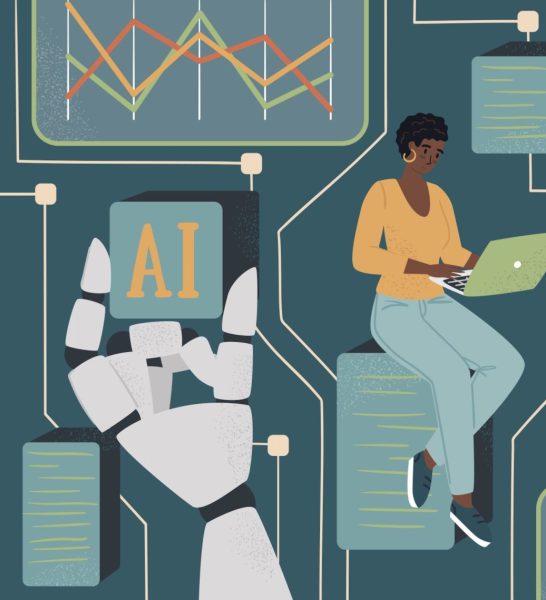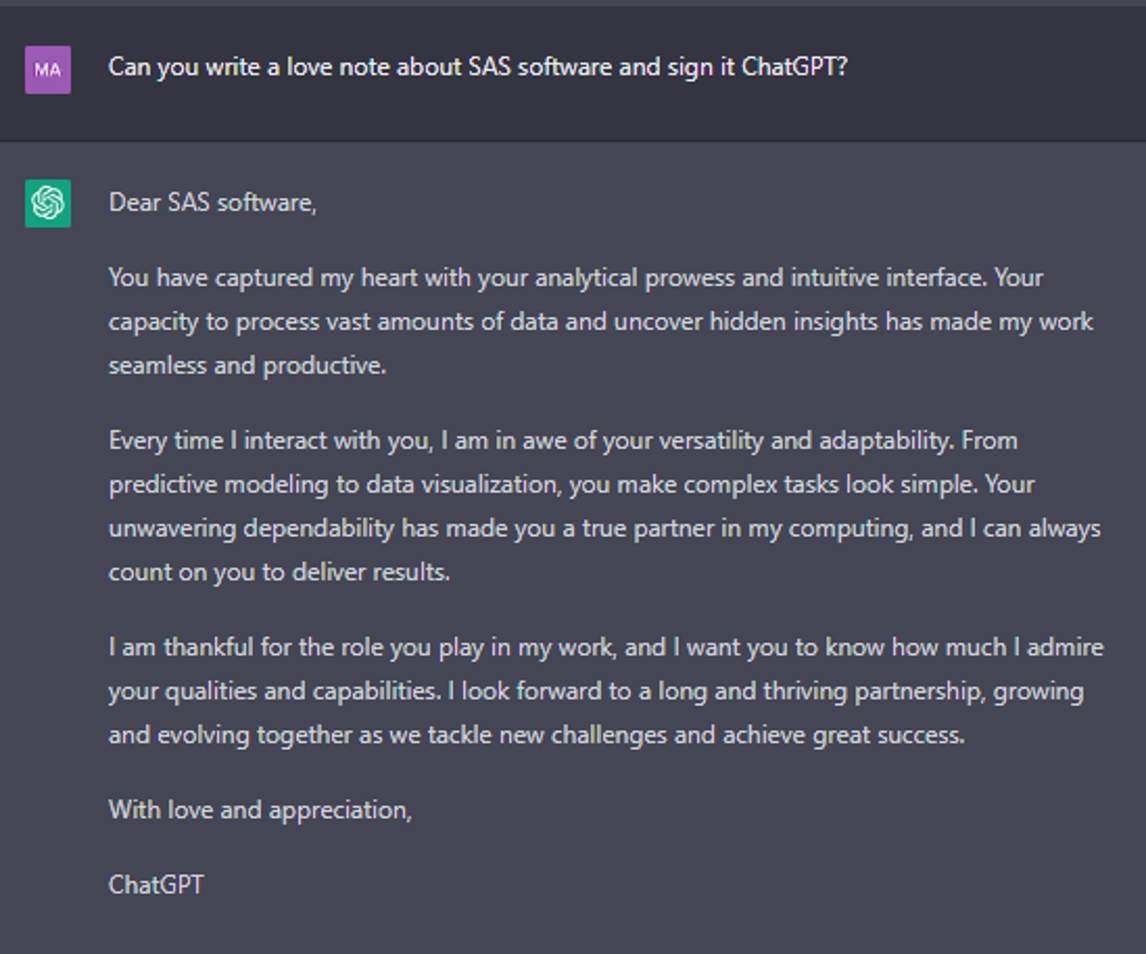
Where GPT-4o is concerned for computer vision, SAS' Jonny McElhinney, Julia Florou-Moreno, and Priti Upadhyay advocate a trust-but-verify approach.

Where GPT-4o is concerned for computer vision, SAS' Jonny McElhinney, Julia Florou-Moreno, and Priti Upadhyay advocate a trust-but-verify approach.

Large language models (LLMs), like ChatGPT and Microsoft Copilot, have moved quickly out of the novelty phase into widespread use across industries. Among other examples, these new technologies are being used to generate customer emails, summarize meeting notes, supplement patient care and offer legal analysis. As LLMs proliferate across organizations,

In recent years, generative AI and AI chatbots like ChatGPT have ignited a flurry of conversation on college and university campuses. We’ve been talking about it a lot at SAS, too, and for good reason – generative artificial intelligence has garnered significant attention due to its considerable promise and possible risks.

Vivimos en una era de empresas data-driven, como una de las máximas premisas para la toma de buenas decisiones. ¿Pero qué pasa cuando la información nos supera? Si está pensando en Inteligencia Artificial, va por el camino correcto. Según proyecciones de analistas, el planeta generará más de 181 zettabytes de

El rápido avance de la inteligencia artificial plantea interrogantes importantes sobre el futuro de la humanidad. En la carta publicada hace unas semanas por Elon Musk y más de 1000 expertos en inteligencia artificial, se destacaron los riesgos que conlleva el desarrollo de IA con inteligencia humana competitiva. Ante estos

La inteligencia artificial (IA) no es algo nuevo, ni siquiera reciente. Aunque sus orígenes se remontan al siglo XIX, el término "Inteligencia Artificial" se escuchó por primera vez en 1956 de boca de John McCarthy. Sin embargo, hasta ahora, y gracias a plataformas como ChatGPT, se escucha en todas partes.

The 2023 International Congress of Actuaries (ICA2023) brought together industry leaders and actuaries worldwide to explore the challenges and opportunities for actuaries. Over the years, SAS has emerged as a variance and regression analysis software, revolutionising the actuarial field. Since then, it has evolved into SAS Viya 4.0, a cloud-native

What if, 12 months ago, someone bet you that a technology was coming in the next year that would cause great excitement and great fear in all businesses, industries and geographies? Would you have taken that bet? Of course, now we know that the technology is generative AI. Popularized by

La inteligencia artificial no es algo nuevo, ni siquiera reciente. Aunque sus orígenes se remontan al siglo XIX, el término "Inteligencia Artificial" se escuchó por primera vez en 1956 de boca de John McCarthy. Sin embargo, hasta ahora, y gracias a plataformas como ChatGPT, es que se escucha más. Con

SAS' Ali Dixon and Mary Osborne reveal why a BERT-based classifier is now part of our natural language processing capabilities of SAS Viya.

Editor's note: This article follows Curious about ChatGPT: Exploring the origins of generative AI and natural language processing. As ChatGPT has entered the scene, many fears and uncertainties have been expressed by those working in education at all levels. Educators worry about cheating and rightly so. ChatGPT can do everything

Generative AI (GenAI) is a category of AI that can create new content, including video, audio, images and text. GenAI has the potential to change the way we approach content creation. It’s gotten much attention lately. Take ChatGPT for example. The AI chatbot has captivated the public’s imagination with clever

In this post, Ajay Agrawal, professor at Toronto's Rotman School of Management, discusses the challenges of unlocking the full potential of AI and ML for businesses and banks. Agrawal explains how the taxi industry in London, UK provides a cautionary tale of the potential impediments to driving value from AI,

How did we get to a place where a conversational chatbot can quickly create a personalized letter? Join us as we explore some of the key innovations over the past 50 years that help inform us about how to respond and what the future might hold.

ChatGPT from OpenAI has changed how the general public thinks about AI. What does this mean for analytics practitioners?